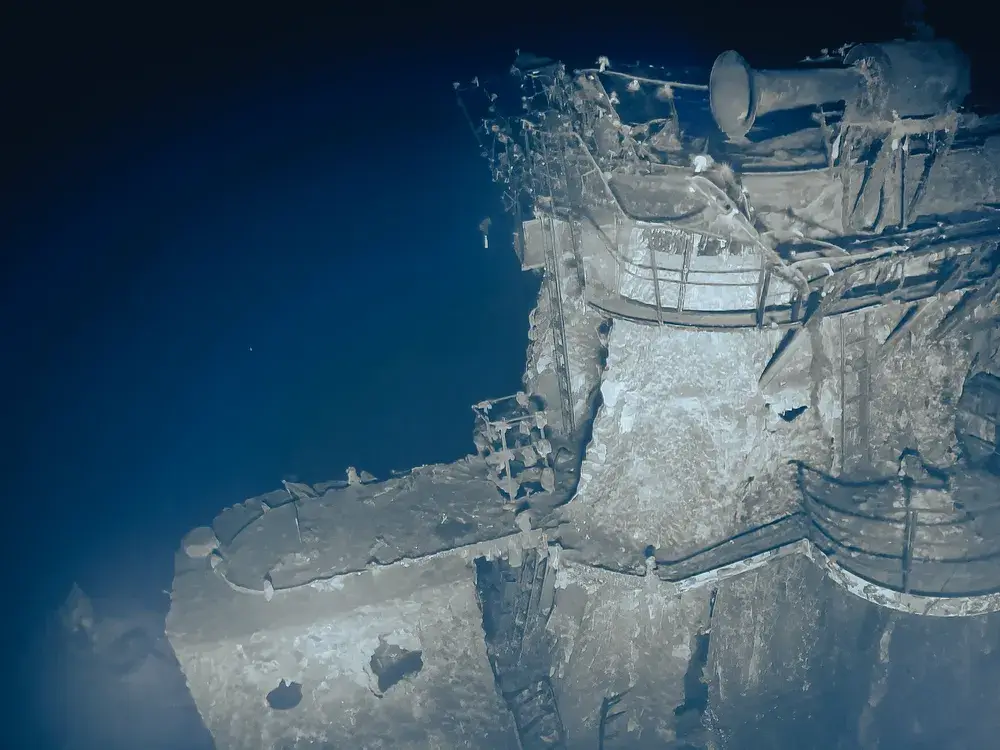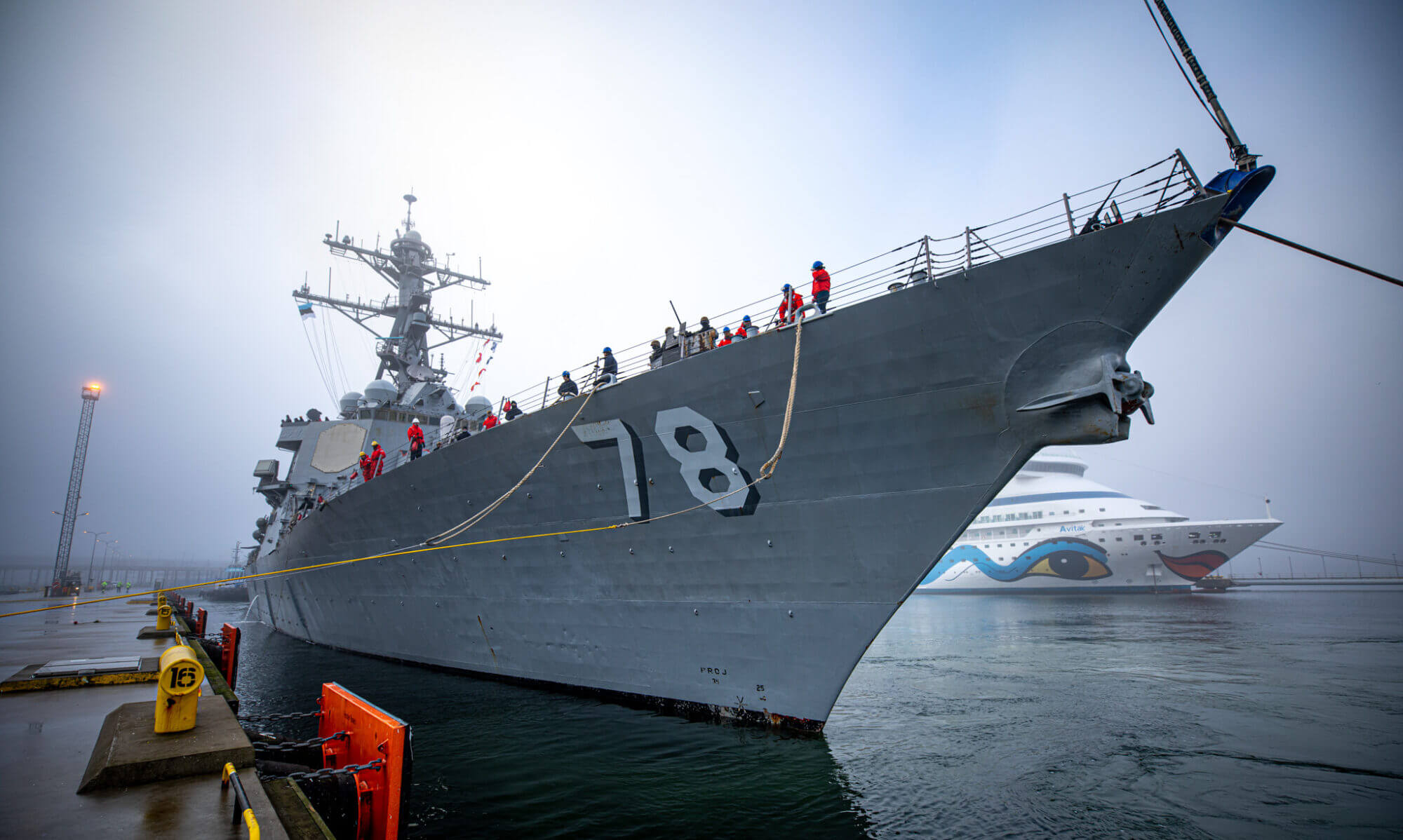
Introduction: Welcome to our latest post. Today, we dive into the depths of World War II history, exploring the pivotal Battle of Midway through the lens of recent underwater archaeological discoveries. This intriguing story, originally reported by Sarah Kuta for Smithsonian Magazine, offers fresh insights into one of the most significant naval battles of the 20th century.
The Battle of Midway: A Turning Point in WWII In June 1942, the Pacific Ocean was the stage for a critical showdown between American and Japanese forces. The Battle of Midway, lasting four intense days, turned the tide of the war in the Pacific. While it resulted in the tragic loss of lives and significant material damage on both sides, it marked a crucial victory for the United States and hindered Japanese expansion.
A Deep-Sea Voyage into History Recently, the non-profit Ocean Exploration Trust embarked on an ambitious project to explore the watery graves of three aircraft carriers from the battle: the USS Yorktown of the United States and the IJN Akagi and IJN Kaga of Japan. These explorations, taking place more than 16,000 feet below the surface within the Papahānaumokuākea Marine National Monument, are revealing new details about these historic vessels and the battle itself.
Uncovering the Past: The Ocean Exploration Trust’s Findings Using advanced remotely operated underwater vehicles, researchers captured stunning images and videos of the wreckage. They were able to closely examine features like the anti-aircraft guns, still ominously pointing skyward, offering a glimpse into the battle’s final moments. Remarkably, this marked the first time the Akagi was seen since it sank, though it was located in 2019, and the first live observation of the Yorktown since its discovery in 1998.
Historical Context: The Strategic Importance of Midway The Battle of Midway, fought near Midway Atoll—a key U.S. naval base some 1,000 nautical miles northwest of Honolulu—was pivotal. U.S. codebreakers had deciphered Japanese messages, giving American forces a crucial advantage. This intelligence enabled them to thwart Japan’s plans to occupy Midway and use it as a base for further assaults, most notably against Pearl Harbor.
The Legacy of Midway: Remembering and Learning The underwater survey and the subsequent findings are more than just a technological achievement. They symbolize the enduring significance of the Battle of Midway in U.S.-Japanese relations, turning a once bitter conflict into a collaborative effort for understanding and remembrance. It’s a powerful reminder of how history shapes our present and future, encouraging us to honor the sacrifices made during those turbulent times.
Conclusion: As we reflect on these revelations from beneath the Pacific, it’s important to acknowledge the role such discoveries play in keeping history alive. The Battle of Midway remains a testament to the bravery, strategy, and sacrifice of those involved. In exploring these wrecks, we not only pay homage to the past but also learn invaluable lessons for the future.
Thank you for reading and for your continued support of the Americans for a Stronger Navy. We invite you to join us in exploring more of our naval history and its ongoing influence on current defense strategies.
Check out, “Wings of Victory: How Naval Aviators Transformed WWII from Battleships to the Skies and won the Pacific War” is a collaborative exploration into WWII with Dale A. Jenkins and the Americans for a Stronger Navy. A Blog Series. February 7. 2024. The cost is free. Click here for additional event detail and registration.

